Stepper motors are commonly recognized for their holding torque, which allows them to hold a load at standstill. But for dynamic movements, it’s the motor’s pull-out torque that is important.
Pull-out torque is the amount of torque that a stepper motor can produce while it is rotating, without causing it to lose steps.
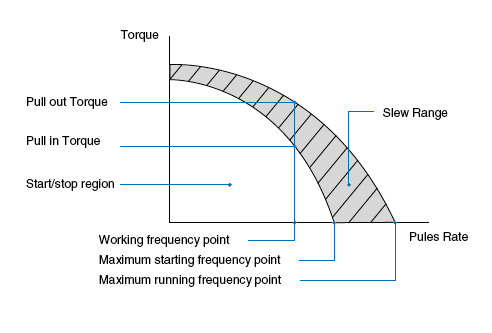
Image credit: Moons’ Industries
A stepper motor’s ability to generate torque depends on the pole, or tooth, count. Hybrid stepper motors have an advantage over other stepper motor types in this regard, because hybrid designs have a permanent magnet rotor with teeth on the outer diameter.
More specifically, the rotor of a hybrid stepper motor is made of two “cups” that enclose a permanent magnet. The surfaces of the cups have precisely ground teeth (typically 50 teeth per cup), and the cups are aligned so that the teeth of the top cup are offset by a certain amount (typically 3.6 degrees) from the teeth of the bottom cup. The entire rotor is magnetized axially, with one end polarized north and the other end polarized south. This rotor construction, along with a toothed stator, allows hybrid designs to better manage the magnetic flux between the rotor and stator. The result is that hybrid motors are capable of producing higher torque—including dynamic torque—than other stepper motor types.
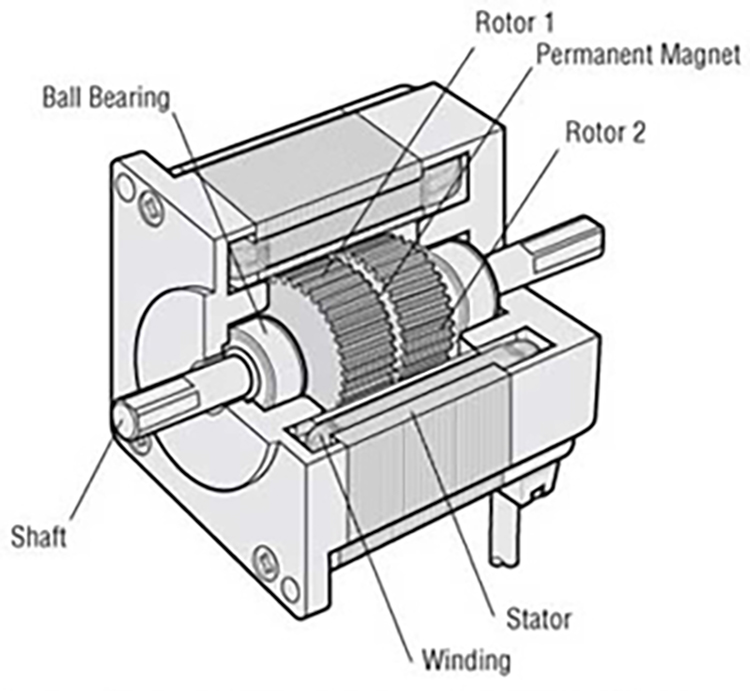
Image credit: Oriental Motor Corp.
Hybrid stepper motors have the ability to produce higher dynamic torque, but in order to make this happen, the electrical time constant of the motor must be taken into account. The electrical time constant, τe, is the amount of time that it takes the current in the windings to reach 63 percent of its maximum value. Because torque is proportional to current, the current needs to be at its maximum in order for the motor to produce maximum torque. And, maximum current (and hence, torque) must be reached before the current is switched to the next phase.
In order to achieve this, the voltage supplied to the motor must be higher than the motor’s rated voltage. The higher the ratio of supplied voltage to rated voltage, the faster the current will enter the windings and reach its maximum value. Hence, maximum torque can be produced before the current is switched and the cycle repeats.

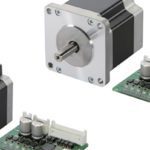
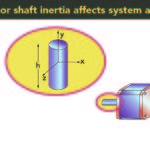
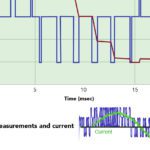
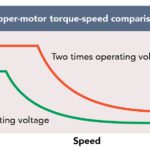
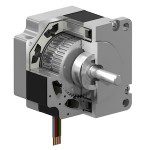

Leave a Reply
You must be logged in to post a comment.